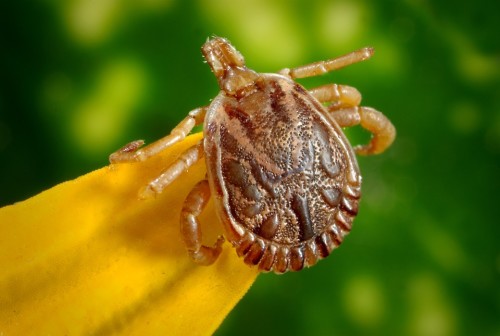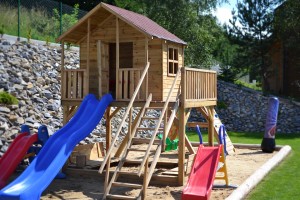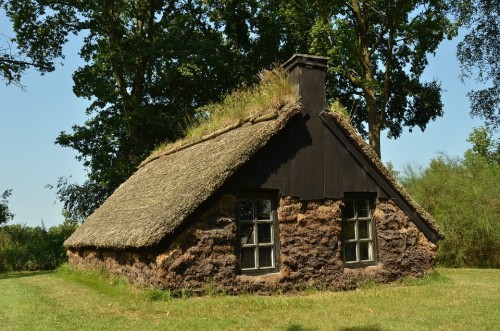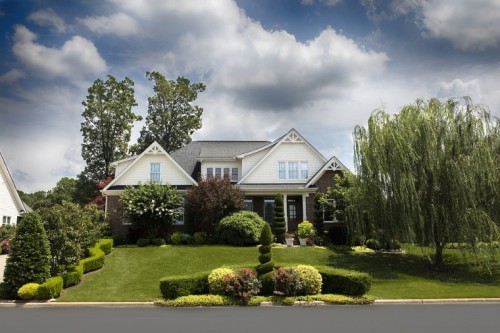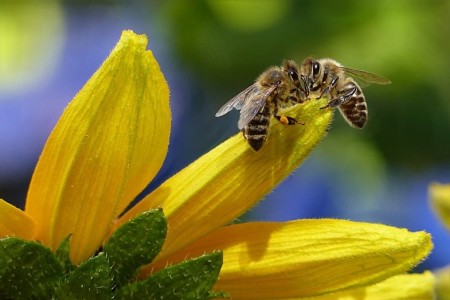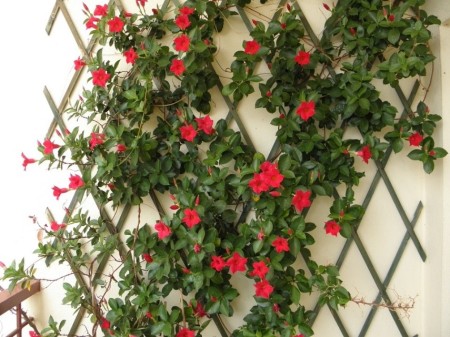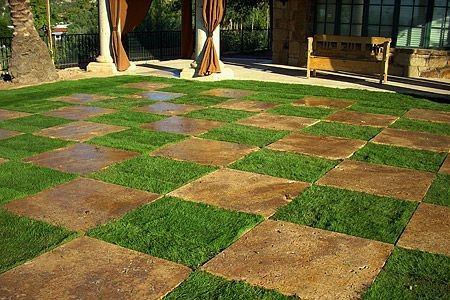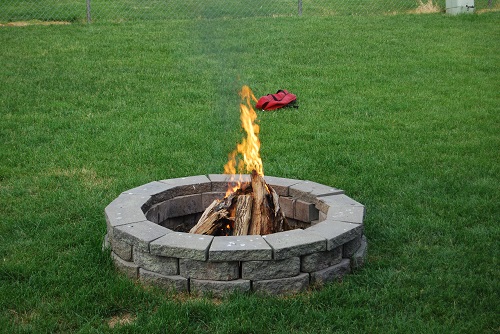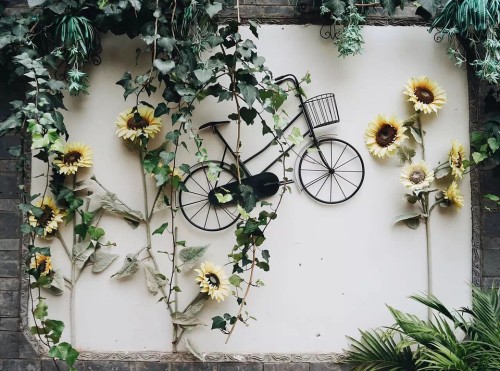How to Refresh Your Yard For Spring
Thursday, March 2nd, 2017Here are some tips and ideas on how to refresh your yard for spring.
- Update your welcome mats with bright colors
- Create sod-covered coasters
- Paint your planters bright colors
- Repair bare spots in your lawn
- Garnish Your Outdoor Space with DIY Garland

Update Your Welcome Mats with Bright Colors
Out with the old, drab, gray mats that have greeted one too many pairs of dirty shoes. It’s time to freshen up your pad, starting with the space that greets guests just before they enter your doors. Need some inspiration? Shoot for fruit-inspired floor features that will liven up your entryways. A watermelon welcome mat at the front door, and a lemon one at the back, will instantly bring a bright and vibrant vibe to your home.
Create Sod-Covered Coasters
What’s a springtime cocktail without a great coaster? We’d be lying if we said we didn’t have a special affinity to these sod-covered coasters. After all, our Evergreen Turf team works hard to procure beautiful sod lawns everyday, so when we find an item that allows us to enjoy the fruits of our labor by way of an after-work cocktail, there’s no getting around the happiness!
Fill a glass with fruit-infused water – or go for something a little stronger – as you sit on your patio and enjoy the welcoming post-winter Arizona weather.
Paint Your Planters Bright Colors
Ring in spring by saying, “Out with the drab, and in with the fab!”
Nobody said planters have to keep their boring, original colors. Pep up your plants, both inside and out, with neon paint. Appeal to the complementary colors on your flowers’ petals, or simply choose vibrant hues that work well for you. In any case, a brightened up planter will instantly set the springtime mood.
Repair Bare Spots in Your Lawn
Now that winter has begun to fade away, this is the perfect time to fix any trouble spots in your lawn and repair bare spots with new sod. Brown spots can easily become green again if you put the proper measures in place. First, try to understand what’s causing the barren spaces on your landscape. If pet urine or pests are the problem, seek measures to help eliminate ongoing brown patches. Otherwise, new sod won’t do much but mask the problem as a momentary fix.
If you’ve remedied the sources of your spotting, it’s time to lay down some new sod. Be sure to check out our Guide to Transitioning Your Arizona Sod Lawn in the Spring for helpful tips about fertilizing, watering, and maintaining your new sod.
Garnish Your Outdoor Space with DIY Garland
You can spruce up any space in your place with an easy-to-do DIY garland project. Simply gather the essential items, and set some time aside to work on your craft. If you have a garden, consider plucking some of your lovely flowers to incorporate into this piece. Alternatively, local florists – and even grocery stores – will be able to provide you with plenty of floral pickings.
Alas, not all spring cleaning is this much fun. To ensure a beautiful Arizona lawn all summer long, be sure to check out these 5 Lawn Care Tips for Spring brought to you by our Evergreen Turf team!

